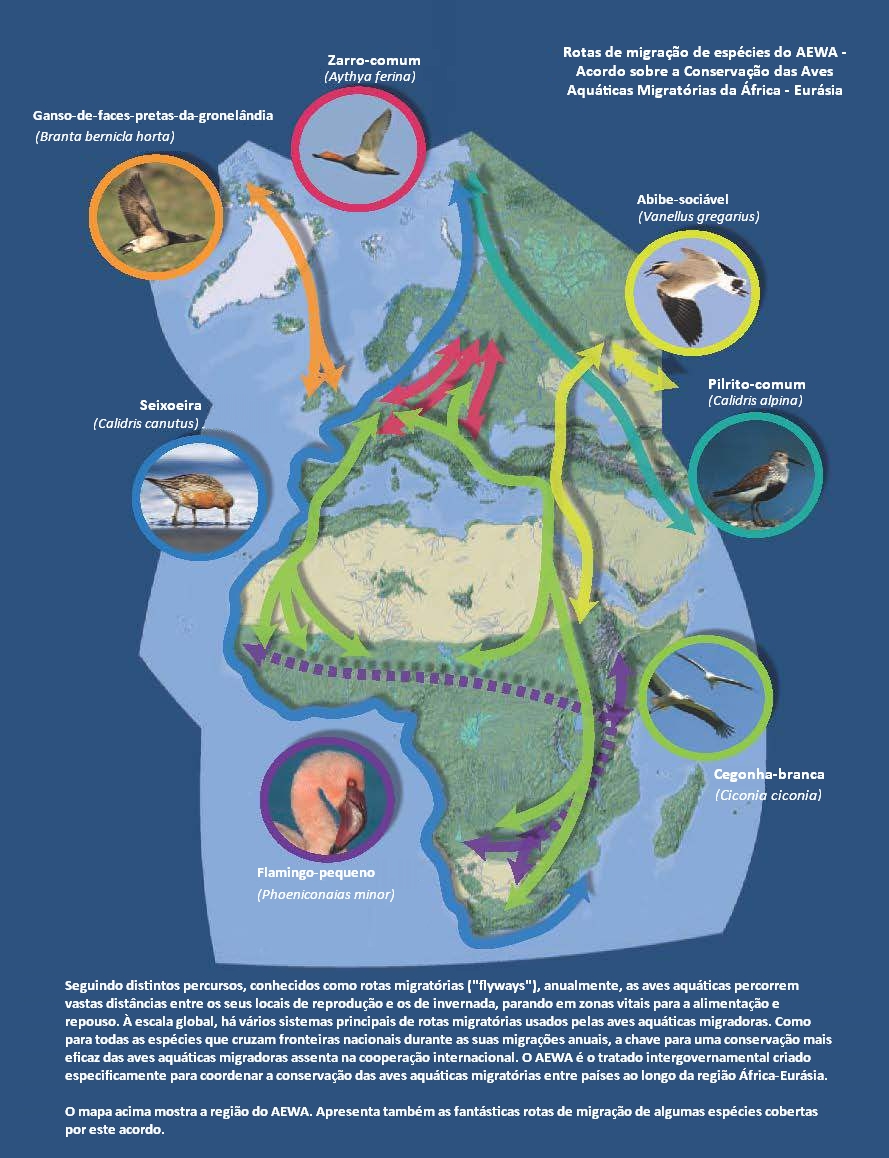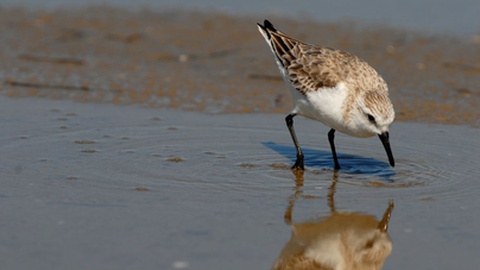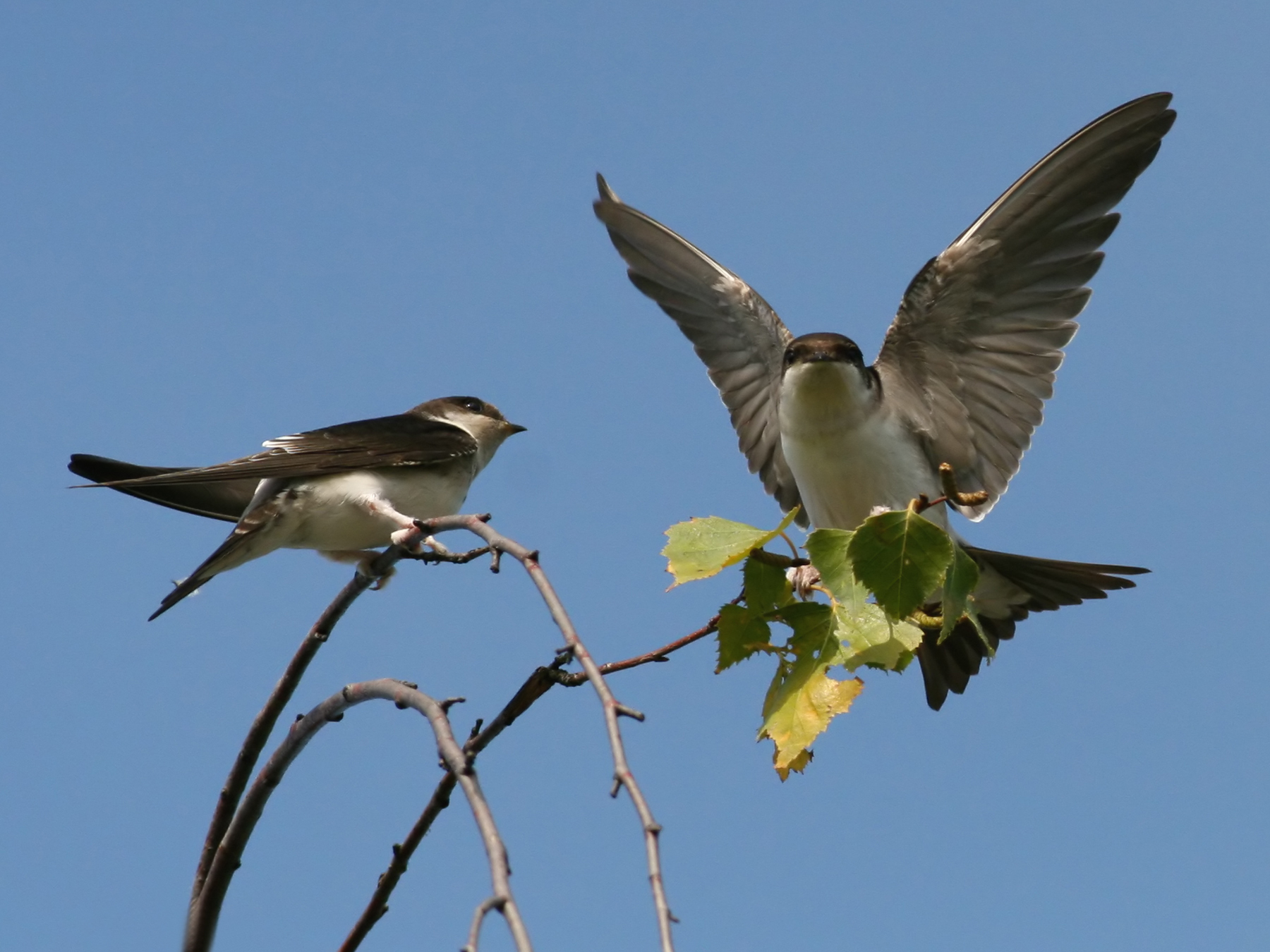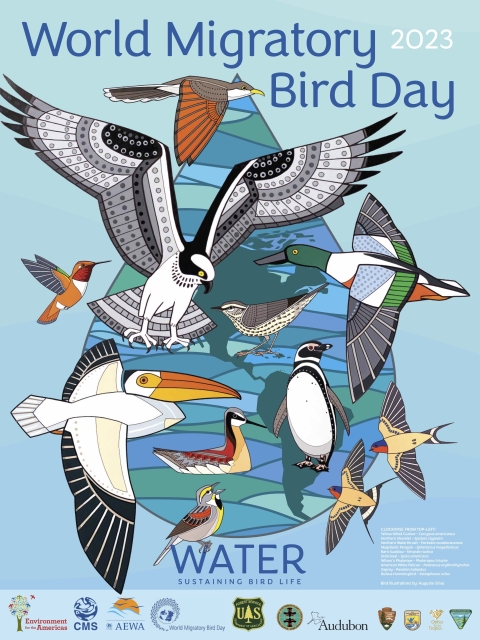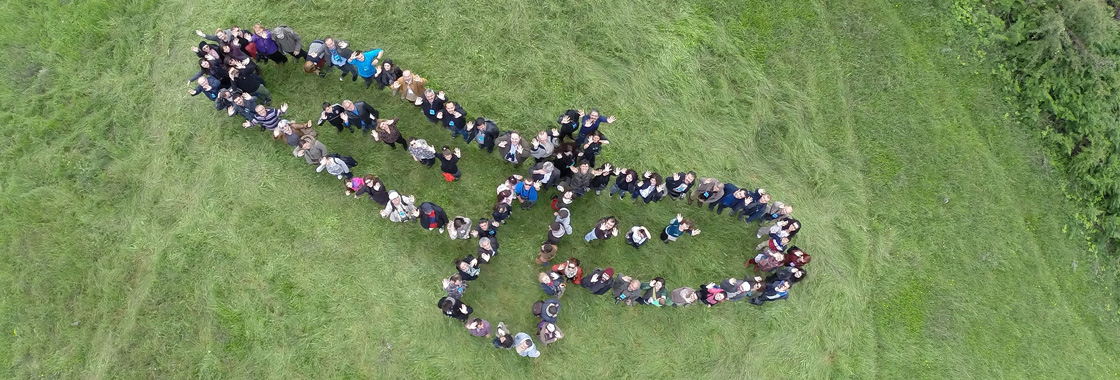A nova espécie rara de borboletas é chamada Sauron uma vez que os anéis pretos nas asas do inseto faz lembrar a personagem descrita nos livros de JRR Tolkien.
Um novo grupo raro de borboletas foi baptizado com o nome do vilão Sauron, da trilogia cinematográfica Senhor dos Anéis, informa o Museu de História Natural de Londres.
O grupo especialistas responsáveis pelas borboletas, que inclui a cientista Blanca Heurtas, escolheu o nome porque os anéis pretos nas asas cor-de-laranja do insecto lhes fez lembrar a personagem descrita nos livros de JRR Tolkien.
"Sauron triangular" e "Sauron aurigera" são as primeiras borboletas do grupo. No entanto, este não é o primeiro insecto a ser baptizado com o nome do vilão de Senhor dos Anéis. O olho brilhante da personagem já foi utilizado para dar nome a um escaravelho, uma rã e um dinossauro.
Com este nome invulgar para uma borboleta, o Museu de História Natural de Londres espera que se chame à atenção para esta nova espécie e se encontre interesse em investigar este insecto.
Scientists have paid homage to an eye-conic villain from the Lord of the Rings in the name of a group of butterflies.
While there are currently only two members of the genus Saurona, many more as-yet-undescribed species are thought to exist.
Two species of butterfly have been added to the newly named Saurona genus.
Saurona triangular and Saurona aurigera. And all because the black rings on the orange wings of a butterfly just reminded scientists of the All-Seeing Eye.
One of fiction's greatest villains is making their mark on the real world.
The Eye of Sauron is a well-known symbol from the Lord of the Rings, and was famously depicted on screen as a fiery orange eye peering over the landscape of Middle Earth.
So when a group of butterflies with bright orange hindwings and dark eyespots needed redescribing, researchers wasted no time in honouring the work of J.R.R. Tolkien in the name of a new genus.
Saurona is one of several new butterfly genera described by an international team of researchers in a new paper, and one of two named by Dr Blanca Huertas, the Senior Curator of Butterflies at the Museum.
'Giving these butterflies an unusual name helps to draw attention to this underappreciated group,' Blanca says.
'It shows that, even among a group of very similar-looking species, you can find beauty among the dullness.'
Dr Blanca Huertas, Senior curator at Museum
Researchers estimate they uncovered up to 20% more butterfly species than there were before their project started. They hope to uncover more in the future. Identifying specific types of butterflies allows for better conservation, Blanca said.
"Some of these species are threatened with extinction, and so there's a lot to do now we can put a name to them," Blanca said. "There are also many other butterfly and insect groups that need attention so that they can be better understood and protected."
The International Union for Conservation of Nature has previously classified 'monarch butterflie' as endangered.
Geração 'green'
17.05.2023
sources: DN International / Natural History Museum / BBC Science







